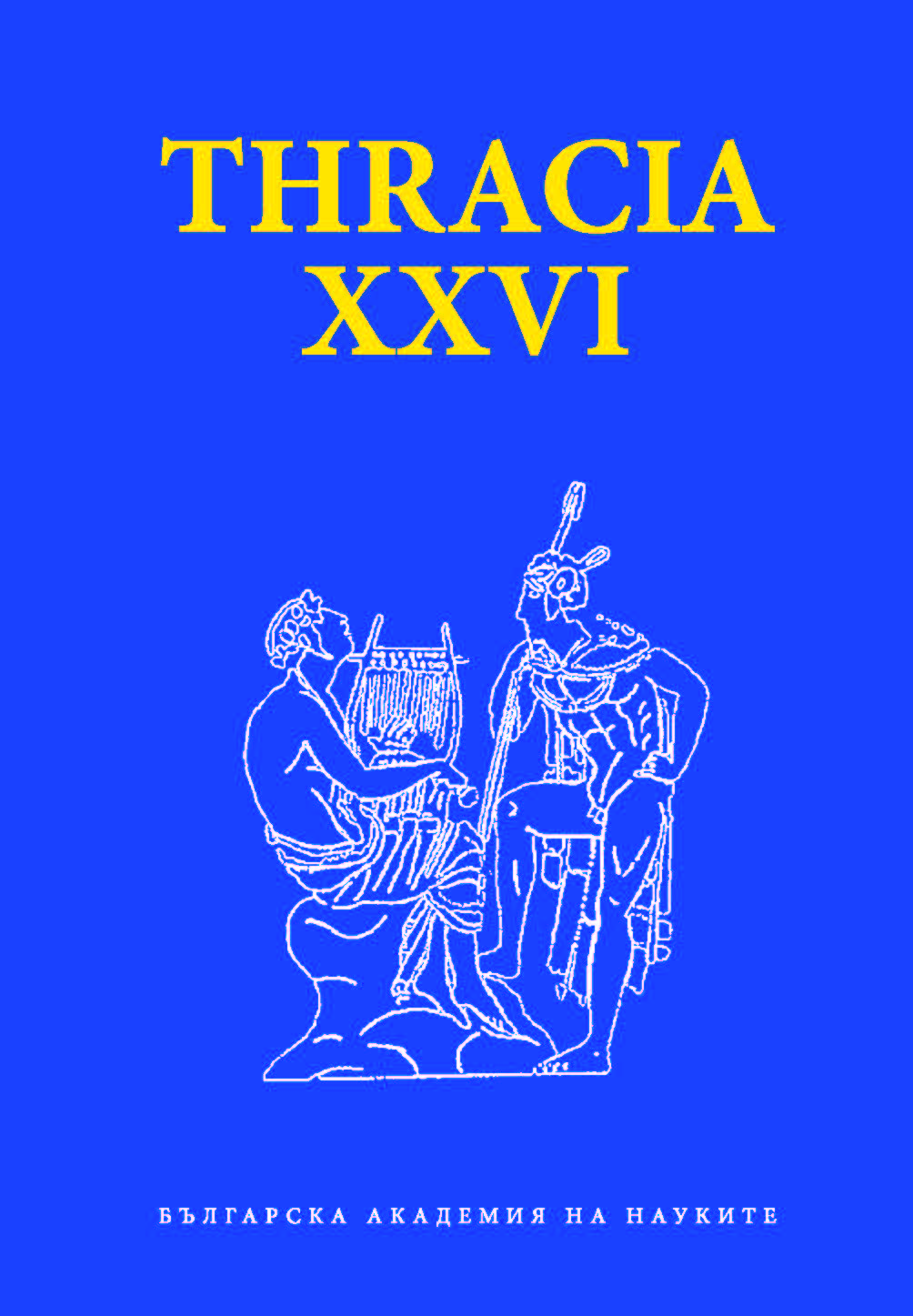ВЛАСТ И СОЦИУМ: МОДЕЛИ НА АВАНСИРАНЕ И ИЗЯВА НА ТРАКИЙСКОТО НАСЕЛЕНИЕ ПО ЗАПАДНОПОНТИЙСКОТО КРАЙБРЕЖИЕ НА ДОЛНА МИЗИЯ (I – III ВЕК)
POWER AND SOCIETY: MODELS OF ADVANCEMENT AND MANIFESTATION OF THE THRACIAN POPULATION IN THE BLACK SEA SECTION OF LOWER MOESIA (I–III CENTURY)
Author(s): Stefan YanakievSubject(s): History, Anthropology, Social Sciences, Archaeology, Customs / Folklore, Comparative history, Ethnohistory, Ancient World, Cultural Anthropology / Ethnology, Culture and social structure
Published by: Институт за балканистика с Център по тракология - Българска академия на науките
Keywords: Thracians; Roman Imperial System; social stratification; Lower Moesia; Greek apoikia; Romanization; veterans; prosopography; anthroponymy; military administrative structure;
Summary/Abstract: The Thracian presence in the area of the Greek apoikia along the West Pontic coast is a factor that the inhabitants of these cities have to comply with. Since its establishment in VII B.C. they are, to a certain extent, economically and politically dependent on Thracian formations in the hinterland. The situation has changed radically since the imposition of Roman rule and provincialization of the territory. The fall of the population within the province of Moesia/Lower Moesia and the establishment of a cultural model known in science as “Romanization”, predetermines to carefully clarify the ways in which local Thracians manage to cope with the background of the two trends in the local landscape. “The Epigraphic Habit” is one of the key indicators for tracing the Thracians in the local military-administrative and urban structures of the local socium. Data from the available epigraphic material shows a relatively slow advance of the Thracian population. Although the army is an essential means of obtaining civil law, the representatives in the veteran society and the Thracians in the military circles do not meet with a particular leadership role. Their emergence is mostly detected among inferior rural administrative posts. On the other hand, a part of the population manages to be a part of the College of priests or with managerial positions in relation to religious cults and practices. Interest is that part of the Thracians, who do not belong to urban circles or do not possess civil law. The data show the gradual penetration of Romanization tendencies, especially in the region of Istria and Tommy. Another rend shows the outskirts of Odessos, as in the Epigraphic fund of the city underlines the names of Thracians who established family relations with persons whose nomenclature refers them ethnically as Greeks. This is most likely to show the direction of the manifestation of some members of the local Thracian masses: Connecting with the Greek population or with Thracians who are subjected to Hellenistic tendencies in an earlier stage of the history of the western Black Sea coast.
Journal: Thracia
- Issue Year: 2022
- Issue No: 26
- Page Range: 383-400
- Page Count: 18
- Language: Bulgarian
- Content File-PDF

